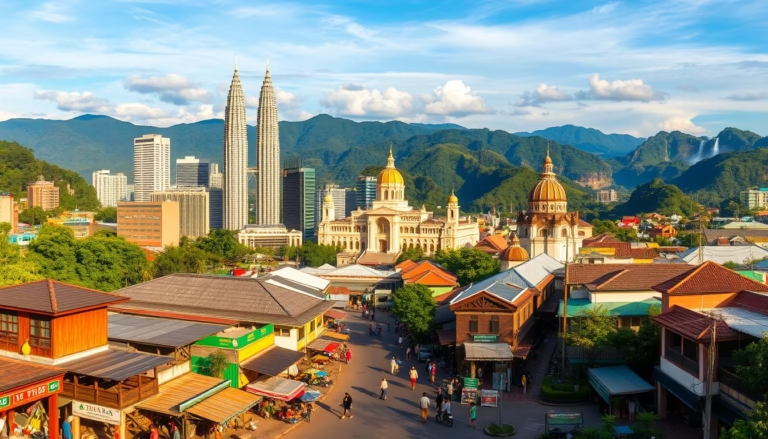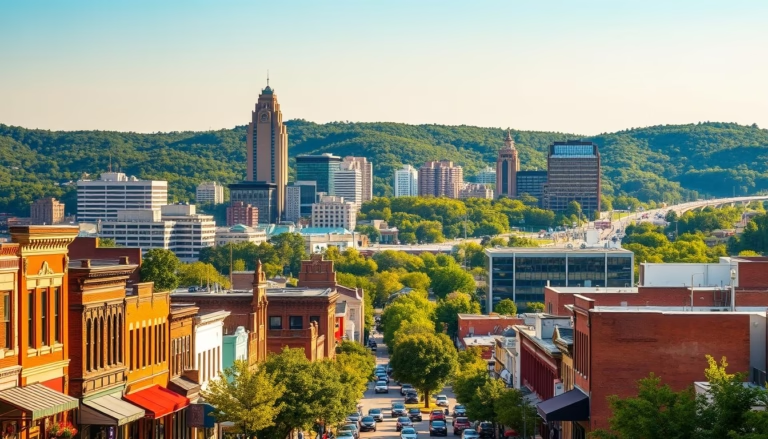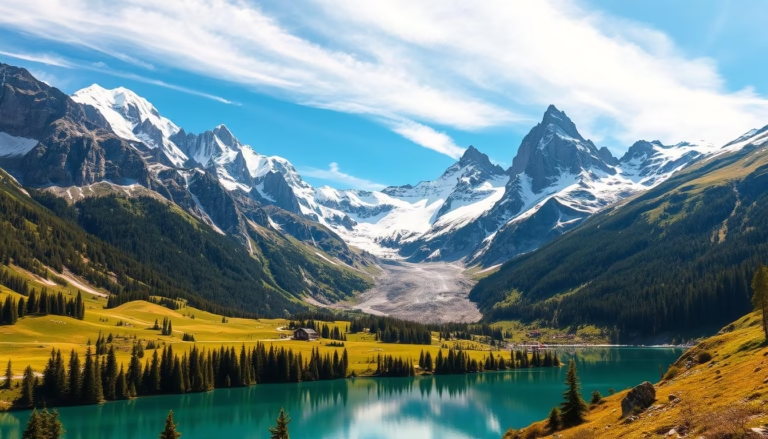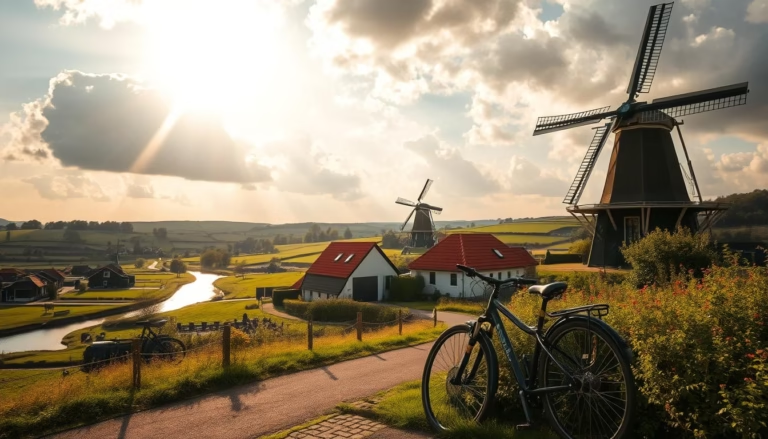10 Extraordinary Trees You Absolutely Must See
Picture this: a world where ancient giants stand watch over lush landscapes, silent witnesses to the passage of time. Trees are more than just flora; they are monuments to history, growth, and survival. Each of the trees on this list has its own captivating tale, beckoning travelers from every corner of the globe to come and experience their grandeur. Ready to embark on a journey through nature’s most iconic wonders? Let’s explore ten extraordinary trees you absolutely must see!
Table of Contents
- Boab Prison Tree: A Hollow Echo of History
- Tree of Life: A Resilient Wonder in the Desert
- Major Oak: The Legendary Shelter of Outlaws
- General Sherman: The Colossus of Sequoia National Park
- Cotton Tree: A Symbol of Freedom and Resilience
- Cedars of God: Ancient Guardians of Lebanese Heritage
- Lone Cypress: Nature’s Icon Along the Pacific Coast
- Árbol del Tule: The Ancient Giant of Mexico
- Socotra Dragon Trees: Nature’s Upside-Down Umbrellas
- Avenue of the Baobabs: Majestic Sentinels of Madagascar
Boab Prison Tree: A Hollow Echo of History
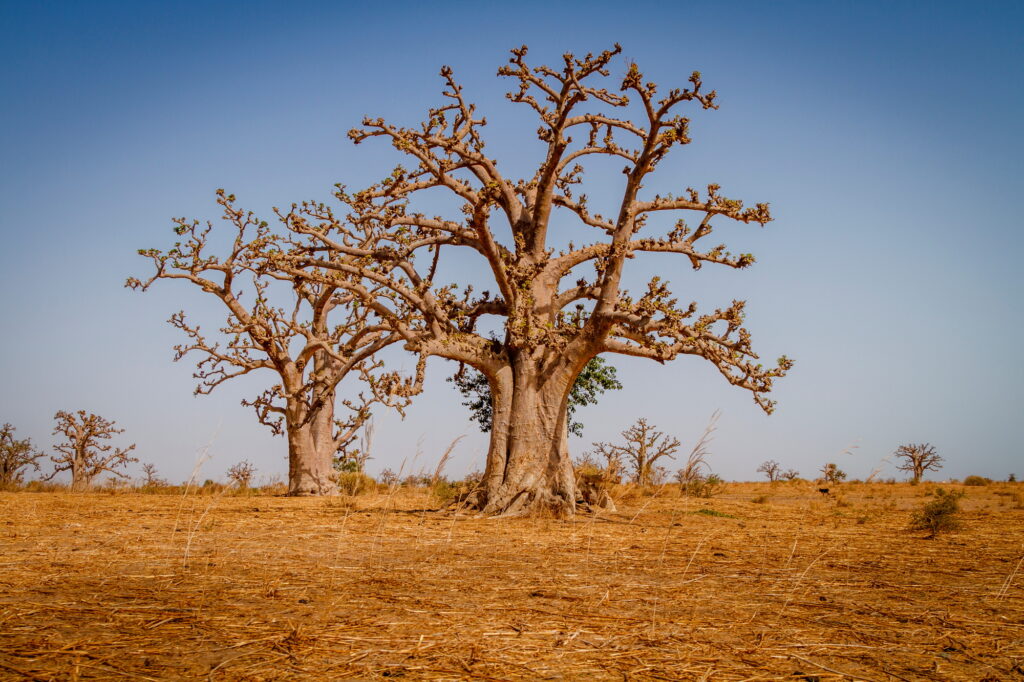
Imagine standing before a tree that has sheltered the stories of countless souls imprisoned within its embrace. The Boab Prison Tree, nestled just south of Derby in Western Australia, is a large, hollowed-out giant that once served as a lockup for Indigenous prisoners in the 1890s. Today, it stands protected by a fence, a silent sentinel bearing witness to the struggles of its time. Its gnarled trunk invites whispers of history, making it a powerful symbol of endurance and resilience.
Tree of Life: A Resilient Wonder in the Desert
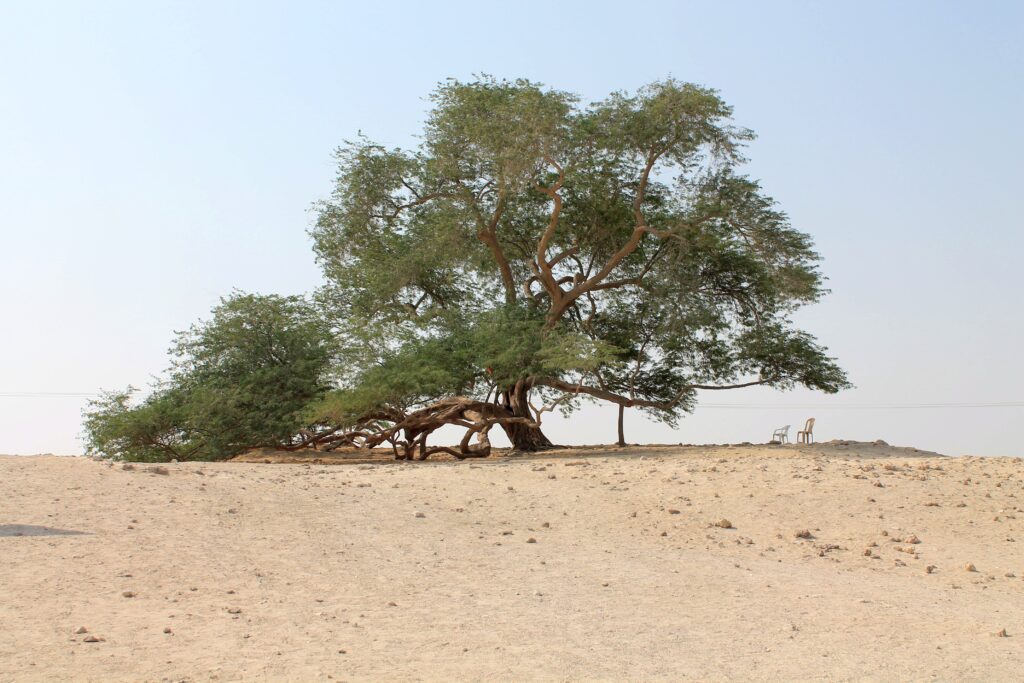
In the heart of a vast, arid desert, a single, green gem thrives—the Tree of Life in Bahrain. Estimated to be between 400 and 500 years old, this mesquite tree draws its sustenance from an unknown underground water source, surviving against all odds. Not only is it a miracle of nature, but local lore suggests this was once the location of the Garden of Eden, adding a layer of mystical allure to its existence. Visitors are often captivated by the tree’s solitary grandeur amidst the endless stretches of sand.
Major Oak: The Legendary Shelter of Outlaws

Nestled within Sherwood Forest, the Major Oak holds a special place in the lore of Robin Hood. This immense oak, estimated to be between 800 to 1,000 years old, is said to have provided shelter to the famous outlaw and his band of merry men. The tree’s massive limbs and broad trunk create a natural haven, inviting visitors to rest under its leafy canopy and imagine tales of adventure and rebellion. Local historian Major Hayman Rooke immortalized the oak in his writings, further solidifying its iconic status.
General Sherman: The Colossus of Sequoia National Park

Standing tall in California’s Sequoia National Park, General Sherman is a breathtaking giant among giants. This silvery titan, measuring over 36 feet in diameter, is the largest tree by volume on Earth and is believed to be between 2,300 and 2,700 years old. As you approach this colossal beauty, its majestic presence seems to whisper stories of the ages, while its thick bark tells tales of survival through fire and flood. The serene surroundings enhance the experience, as visitors tread lightly on sacred soil.
Cotton Tree: A Symbol of Freedom and Resilience
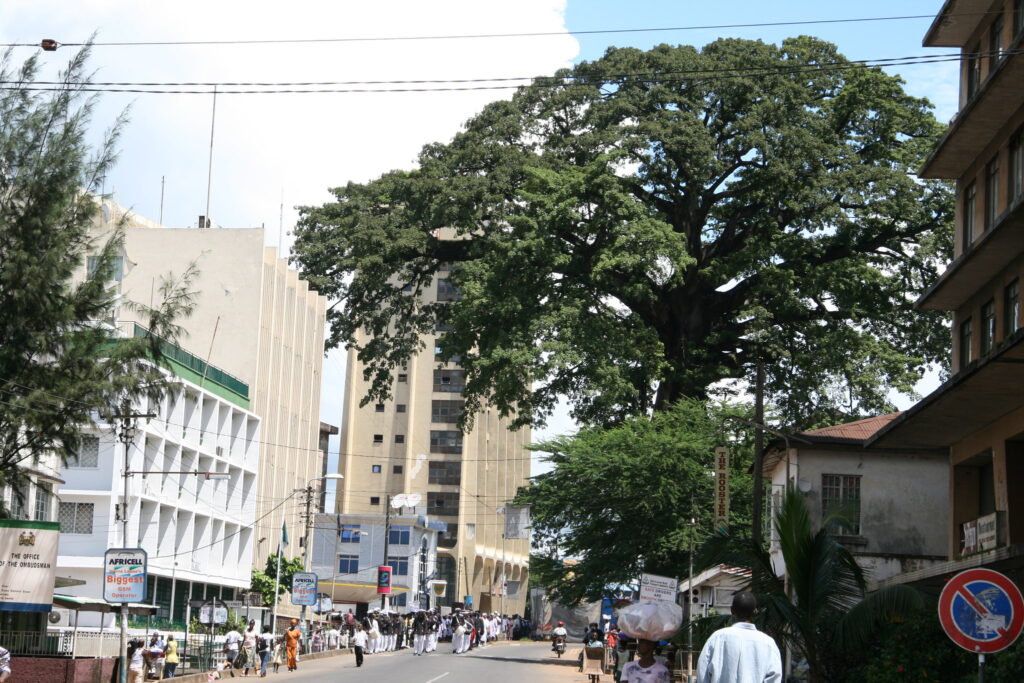
Imagine the spirit of freedom taking root beneath a great tree. The Cotton Tree in Freetown, Sierra Leone, became a historic symbol in 1792 when a group of former slaves arrived on the shores and worshipped under its branches to give thanks for their newfound freedom. This majestic tree is not only a local landmark but also a testament to the endurance of hope and resilience in the face of adversity, inviting everyone to reflect on the power of liberty and unity.
Cedars of God: Ancient Guardians of Lebanese Heritage
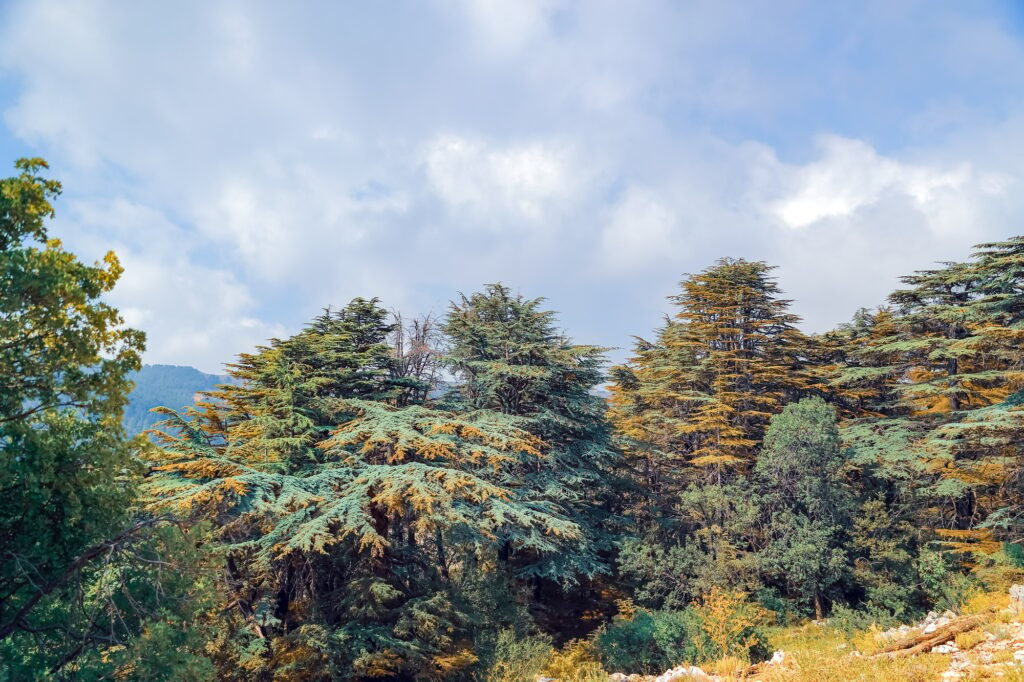
High in the mountains of northern Lebanon lies the Cedars of God, a stunning grove of ancient cedar trees that have weathered time itself. Revered in the Bible, these trees are symbolic of strength and resilience. Some date back over a thousand years, and their fragrant wood was used by the ancient Egyptians for mummification and by King Solomon for constructing the First Temple in Jerusalem. Walking through this sacred forest, one can’t help but feel a sense of connection to history and natural beauty.
Lone Cypress: Nature’s Icon Along the Pacific Coast
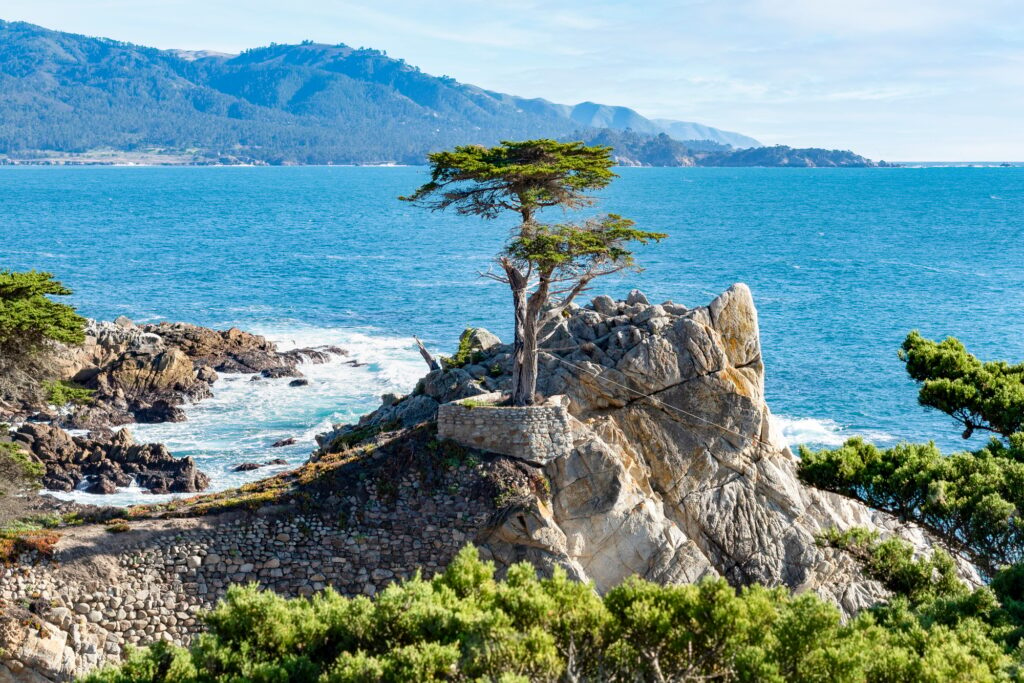
Perched against the backdrop of crashing waves, the Lone Cypress stands as a testament to resilience and beauty amidst the rugged Pacific coastline. This iconic tree, located along the scenic 17-Mile Drive near Monterey, captures the hearts of those who visit. Its twisted branches and determined stance reflect the fierce coastal winds it has endured for centuries, making it a popular stop for photographers and dreamers alike who seek inspiration from its solitary charm.
Árbol del Tule: The Ancient Giant of Mexico
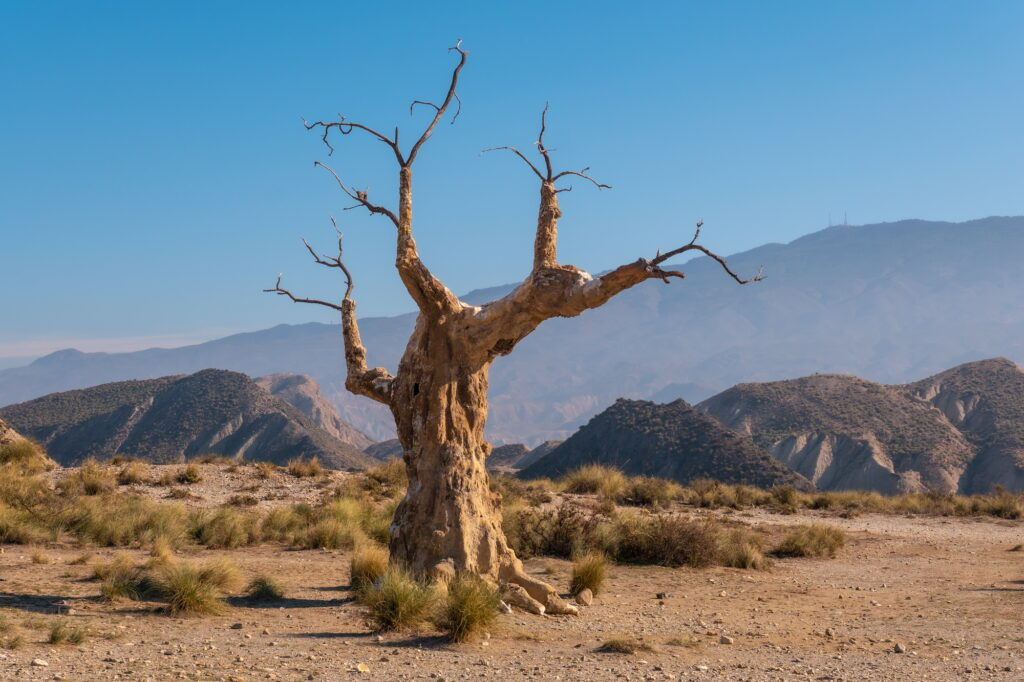
In the heart of Santa María del Tule in Oaxaca, the Árbol del Tule astounds visitors with its incredible girth, recognized as the stoutest tree in the world. This Montezuma Cypress, believed to be between 1,200 and 3,000 years old, was once thought to be multiple trees due to its vast, buttressed trunk. Its ancient roots delve deep into the earth, intertwining with the history of the region, inviting visitors to marvel at the wonders of nature and the stories it carries within.
Socotra Dragon Trees: Nature’s Upside-Down Umbrellas
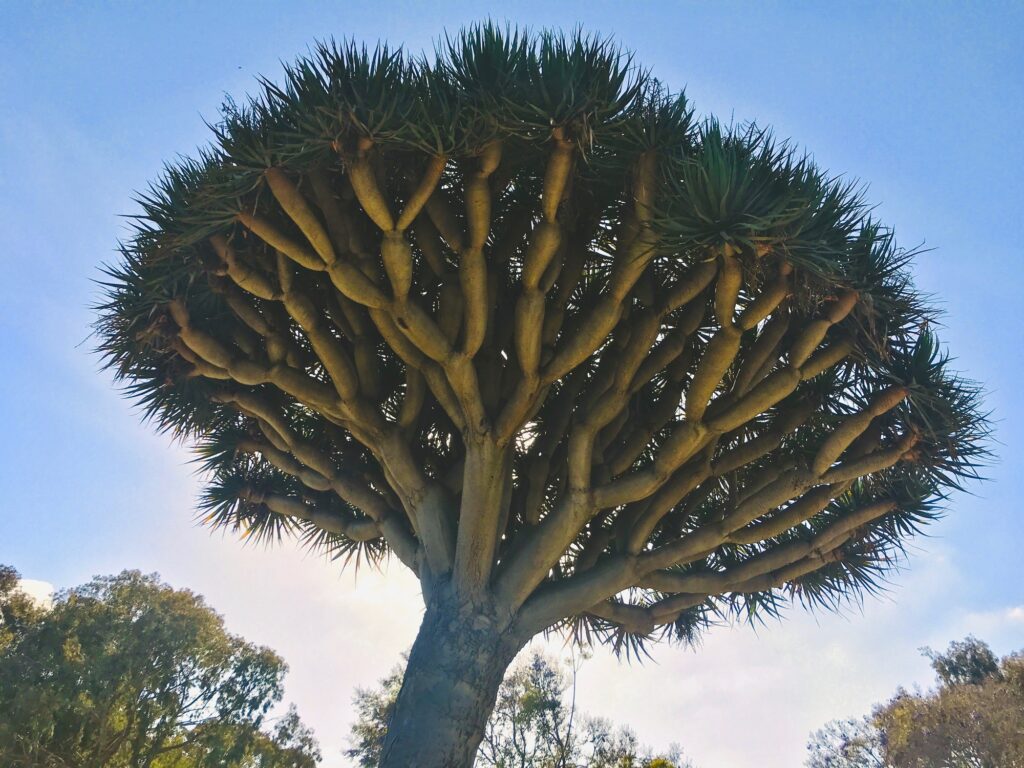
On the remote island of Socotra, the Dragon Blood Trees create a surreal landscape that feels almost otherworldly. These iconic trees, resembling upside-down umbrellas, are named for the dark red resin they produce, often referred to as “dragon’s blood.” Their distinct shapes allow them to thrive in the arid climate, preserving moisture and offering shade. Visitors to Socotra are often enchanted by the island’s unique biodiversity, where these fascinating trees flourish amidst the stark cliffs and sandy shores.
Avenue of the Baobabs: Majestic Sentinels of Madagascar
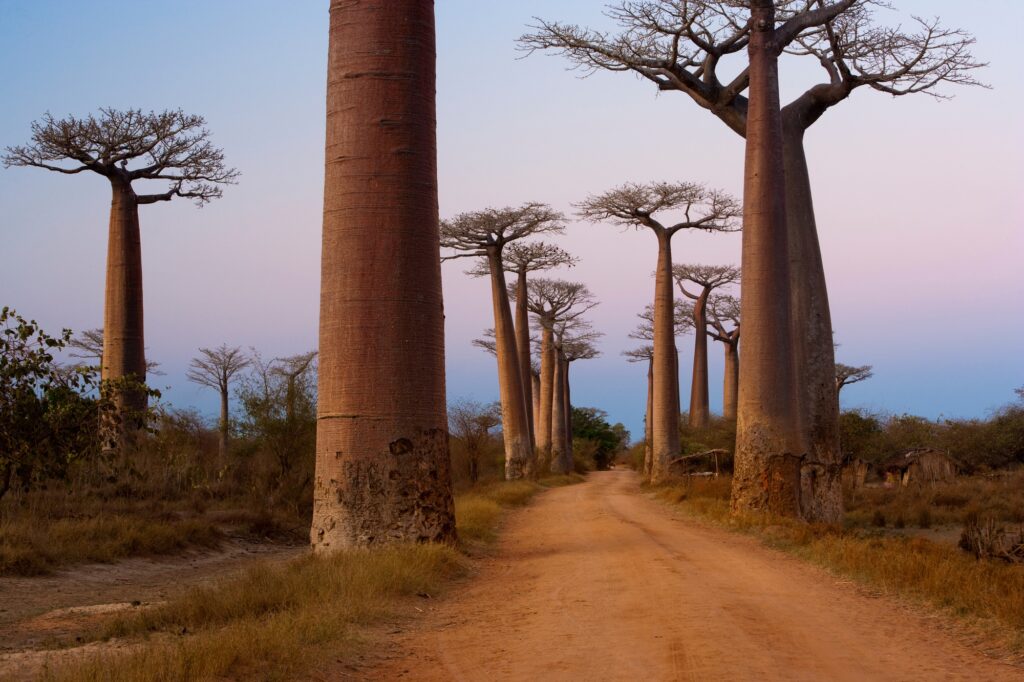
As the sun sets over Madagascar, the Avenue of the Baobabs transforms into a dreamlike landscape, where these majestic trees seem to reach for the heavens. Lining the path between Morondava and Belon’i Tsiribihina, these baobab trees, some over 800 years old, once stood amid a dense forest but now rise magnificently, silhouetted against the fiery sky. Visitors flock here to capture the breathtaking beauty as time stands still beneath the towering giants, each telling tales of a time long past.


